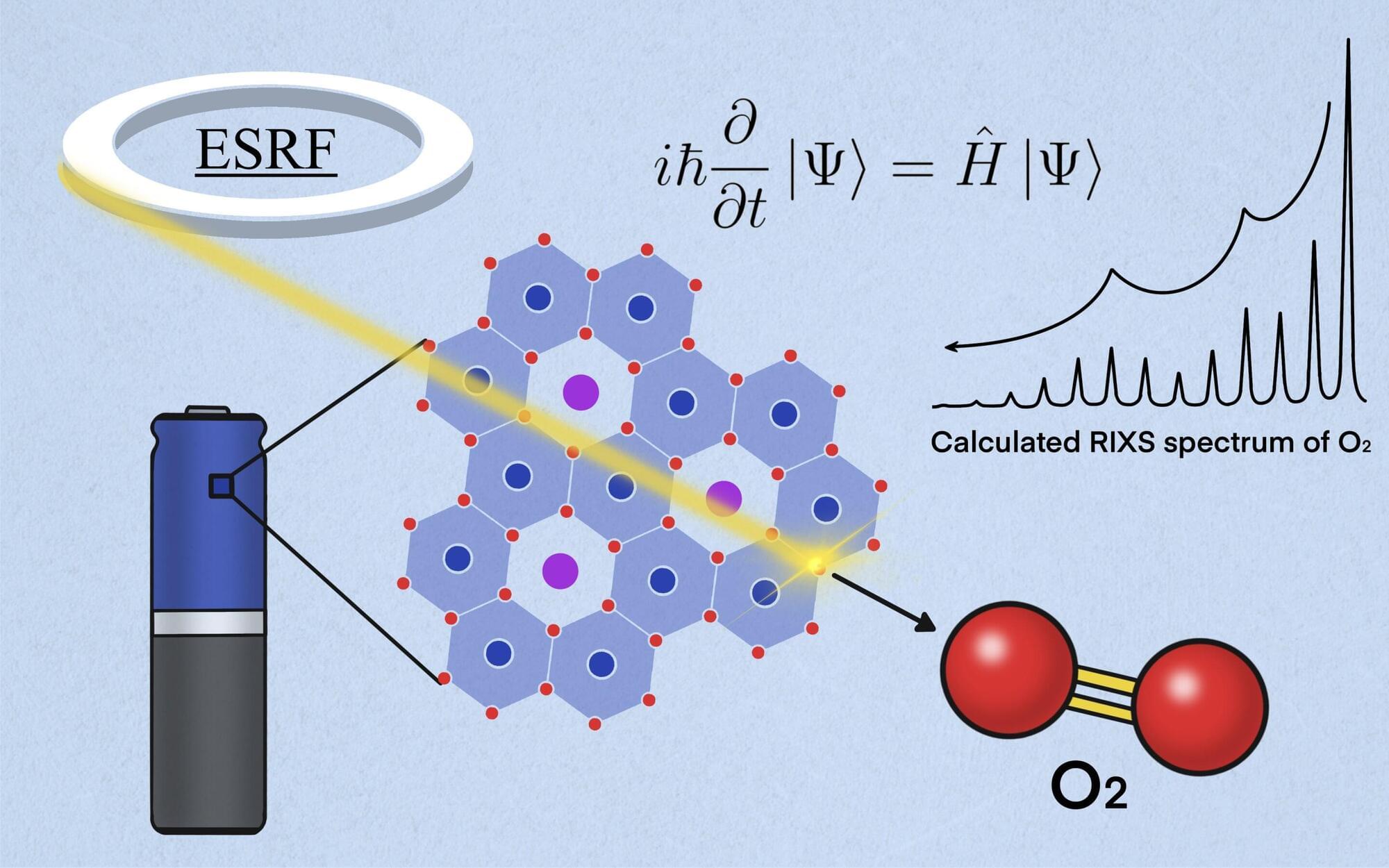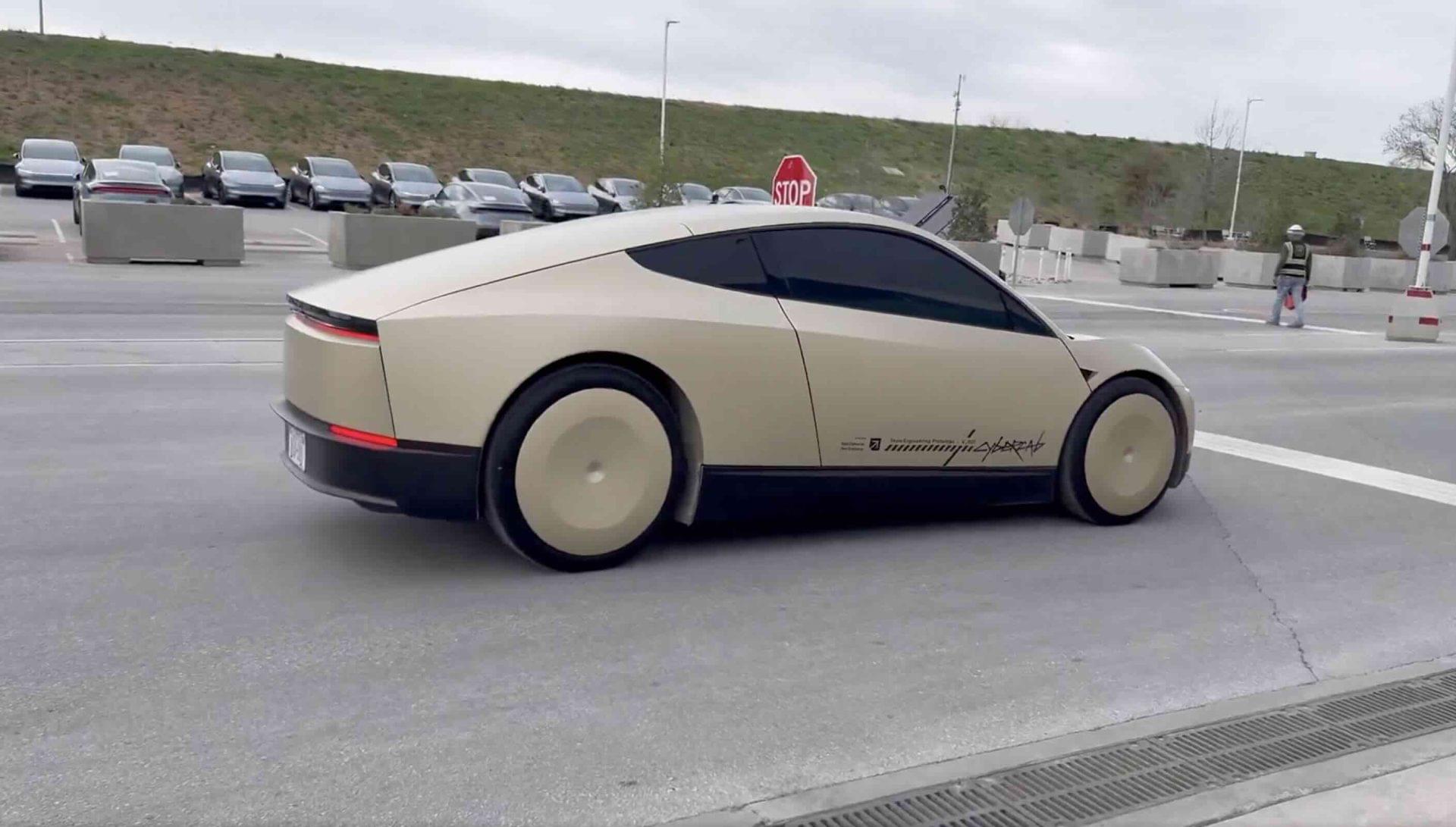A team of researchers has made an advancement in the field of multifunctional energy harvesting. Their latest study advances in understanding the photovoltaic effect in ferroelectric crystals.
The article, “Study on Influence of AC Poling on Bulk Photovoltaic Effect in Pb(Mg1/3 Nb2/3)O3-PbTiO3 Single Crystals,” published in Advanced Electronic Materials, reports the team’s recent research results regarding improving the electric output of the bulk photovoltaic effect (BPVE) via manipulation of ferroelectric domains in oxide perovskite crystals.
In ordinary solar cells, the mechanism of harvesting the solar energy and then converting them into green electricity is based on the formation of p-n junctions of semiconductors. While the p-n junction has been invented for more than a century, widely used in the silicon industry nowadays, the BPVE is a more recently discovered physical phenomenon from the 1960s–1970s.








